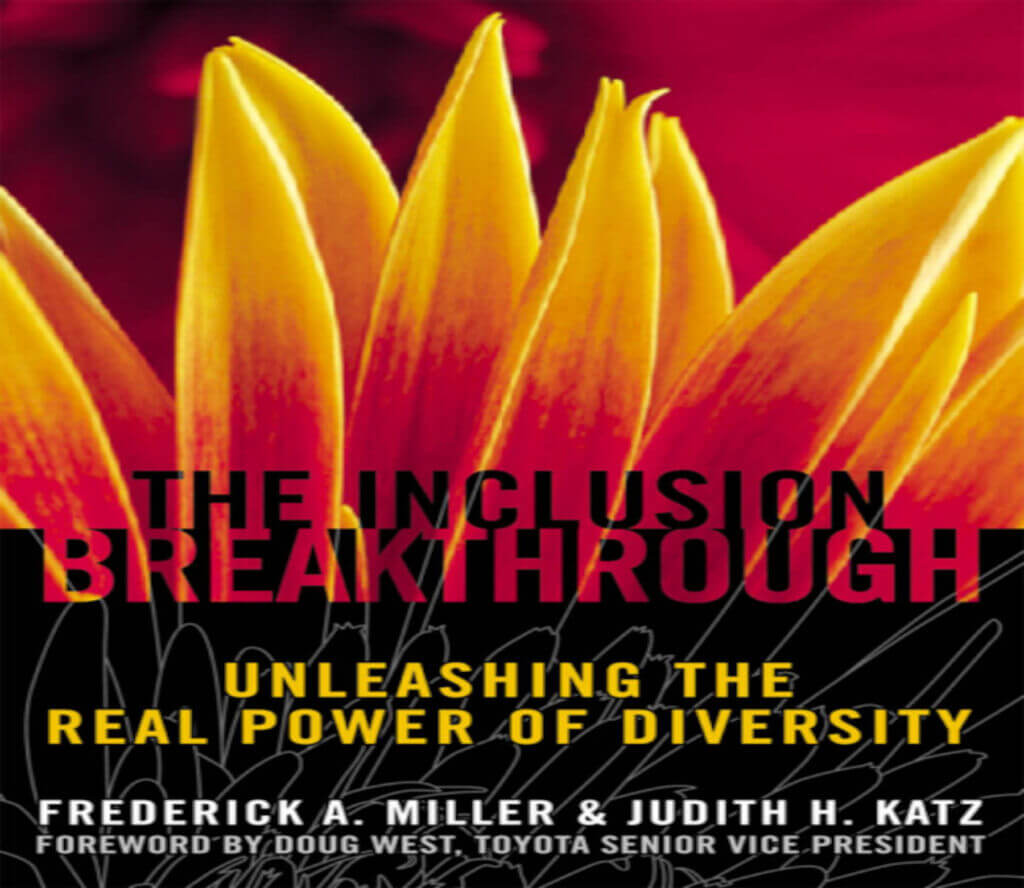
Inclusion Breakthrough
Judith H. Katz and Frederick A. Miller
About Inclusion Breakthrough
The Need for an Inclusion Breakthrough
Organizations today are being forced to live by their wits. Their survival depends on their ability to out-think their competition, which can only be accomplished by catalyzing the intellectual resources of their people into creative new solutions. A single person's brilliance or a single group's point of view is no longer enough to sustain an organization's growth in the face of global competition. Tomorrow's successful organizations will be those that harness the collective and synergetic brilliance of all their people, not just an elite few. The stock-market stars will be the organizations that capitalize on the diversity of their workforce.
But capitalizing on diversity requires more than simply hiring a diverse workforce. Radical changes are needed also in both the structure and the culture of most organizations—in their policies and practices, the skills and styles of their leaders, and day-to-day interactions among all their people.
Many organizations will fail to make these changes because the changes seem too radical. Those organizations will not survive. To many people and most organizations, diversity seems like a problem, not a solution. Differences are to be avoided, not embraced and utilized. Age-old hierarchies, traditions, and biases must not be questioned or examined. To make these changes to embrace and capitalize on diversity will require a true breakthrough—an Inclusion Breakthrough.
The first step is to ensure that diversity is seen as mission critical. When the current and future success of the organization is tied directly to the need for diversity, it becomes a powerful tool for organizational change and higher performance. Making diversity mission critical conveys its urgent nature to every person in the organization and positions the organization to reap the benefits from leveraging that diversity.
An organization that leverages diversity enables all members of its workforce to utilize their full portfolio of skills and talents. It continually seeks to broaden its diversity to take advantage of new markets, new sources of innovation, and new pathways to success.
